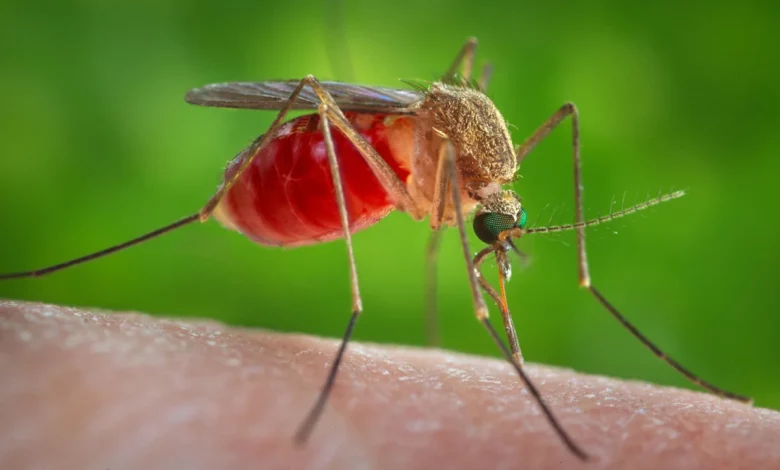
“The number of mosquitoes that have hatched off after the spring snowmelt is pretty tremendous in many of the states, whether it be Colorado or Utah or California,” said Daniel Markowski, technical adviser for the American Mosquito Control Association.
Many districts are starting to see West Nile virus in mosquitoes, he said, meaning “you’re at the right temperature, the right mosquito population and the right time of year for localized outbreaks to occur.”
West Nile virus is the most common cause of mosquito-borne disease in the continental US, with thousands of cases reported to the US Centers for Disease Control and Prevention every year, said Dr. Erin Staples, the medical epidemiologist in charge of the agency’s arboviral diseases branch.
The virus doesn’t cause symptoms in about 80% of people who contract it, but 1 in 5 can have fever with muscle aches, headache and rash, Staples said. A smaller proportion of people – about 1%, according to Dr. Vicki Kramer, chief of the California Department of Public Health’s Vector-Borne Disease Section – develop severe disease, an infection involving the central nervous system that can cause paralysis or death.
“Some individuals that recover have ongoing neurologic symptoms for years, so it can be very serious,” Kramer said. Older people and those with medical conditions like diabetes, high blood pressure or a weakened immune system are most at risk. There are no vaccines or treatments for the virus in people.
West Nile, named for the region in Uganda where it was identified in 1937, is typically spread in the US by a mosquito called Culex, found across the country, Staples said.
The mosquitoes, which can also transmit St. Louis encephalitis virus, “tend to like the dusk and dawn period,” she said, unlike the kinds of mosquitoes that transmit diseases like dengue, the Aedes aegypti and Aedes albopictus, which are more active during the day.
West Nile spreads as mosquitoes bite infected birds and then people, making both bird and mosquito populations important parts of public health surveillance for the disease.
And while human cases are still relatively low, at 90 across the US, August is typically the month that sees the most cases. And those surveillance systems in Western states are starting to produce “pretty big” warning signs for a potentially more active West Nile season, Markowski said.
In California, 147 dead birds had been found as of July 28, almost double what’s typically seen at this time of year, based on the state’s five-year average. The signals seen in “sentinel chickens” – flocks that vector control agencies use to monitor where the virus is spreading – are similarly ahead. (Chickens are particularly helpful for monitoring West Nile, Kramer said, because they’re not susceptible to the disease but can carry antibodies against the virus in their blood.)
And the amount of virus found in mosquito samples is also up compared with the average over the past five years.
“Once you start seeing increases of West Nile virus in those mosquitoes, that does raise the alarm that people need to be taking measures to prevent being bitten by mosquitoes,” Staples said.
She noted, though, that elevated surveillance signals don’t automatically translate into higher human cases, as the transmission chain, involving mosquitoes and birds, is complicated.
But the weather cycle over the past year has created particularly unfavorable conditions, Kramer said, after record rainfall in the winter.
“Mosquitoes develop in standing water, so the more standing water you have, the more habitat there is for mosquitoes, particularly this year early in the season due to the snowmelt and rainfall,” she said. She also noted that residents may be using more water for landscaping and other purposes with drought restrictions lifted.
And now, with recent temperatures hitting record highs in the West, “the hot weather accelerates the West Nile virus transmission cycle because mosquitoes develop faster and the virus replicates more quickly in the mosquitoes,” she said.
Mosquito control agencies target the mosquitoes to try to limit the population in areas where West Nile has been detected. Kramer also encouraged residents of California who see dead birds to report them to WestNile.ca.gov.
“The public can really help us in detecting and monitoring West Nile virus activity,” she said.
To protect against mosquito bites, experts recommend using repellent or wearing long sleeves and pants, if tolerable, particularly in the early morning and evening; keeping screens tightly fitted on doors and windows; and being vigilant about draining standing water, where mosquitoes lay their eggs.
Mosquitoes, Kramer says, “are the most dangerous animal in the world, after all.”




